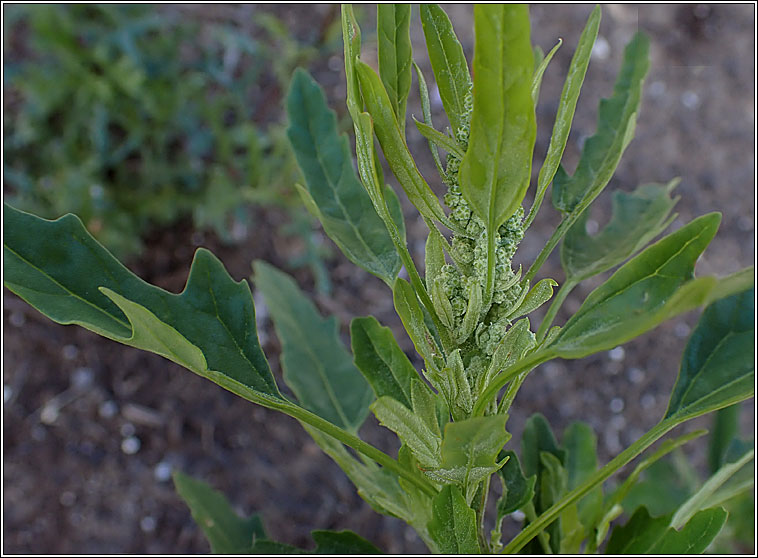
Wildflowers Figleaved Goosefoot, Chenopodium ficifolium
Height 20 to 90 cm (up to 36 inches). The stem is subangular, striped with green, and sometimes has small red spots in the leaf axils. The main stem is erect; and the branches are mainly in the upper part. Habitat Figleaved goosefoot likes to grow in disturbed soils and in arable land. It really likes rich soils and areas close to compost heaps.
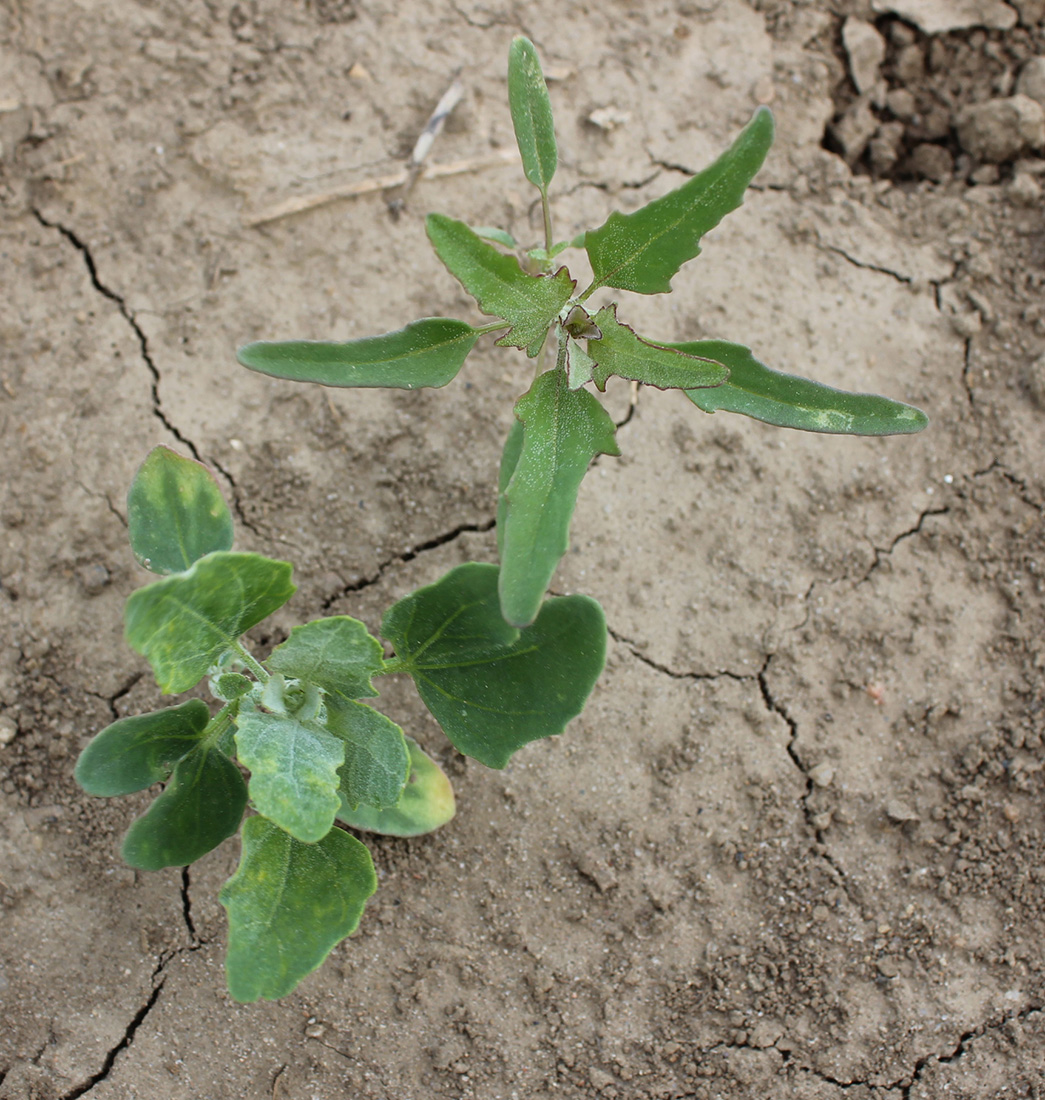
Figleaved Goosefoot Weed identification guide for Ontario crops ontario.ca
Goosefoot is a fast-spreading weed, true, but its leaves make for great greens!. Goosefoot key facts: Botanical name: Chenopodium Common name: goosefoot Family: Amaranthaceae Type: leaf vegetable. Height: 1½ to 6 feet (0.45 to 2 m) Planting distance: 16 feet (50 cm) Exposure: part shade - Soil: rich and light, cool, with lots of nitrogen Planting: mid-spring or early fall - Harvest: June.

figleaved goosefoot (Chenopodium ficifolium)
Physical Characteristics Chenopodium ficifolium is a ANNUAL growing to 0.9 m (3ft). See above for USDA hardiness. It is hardy to UK zone 4. It is in flower from July to September, and the seeds ripen from August to October. The species is hermaphrodite (has both male and female organs) and is pollinated by Wind.
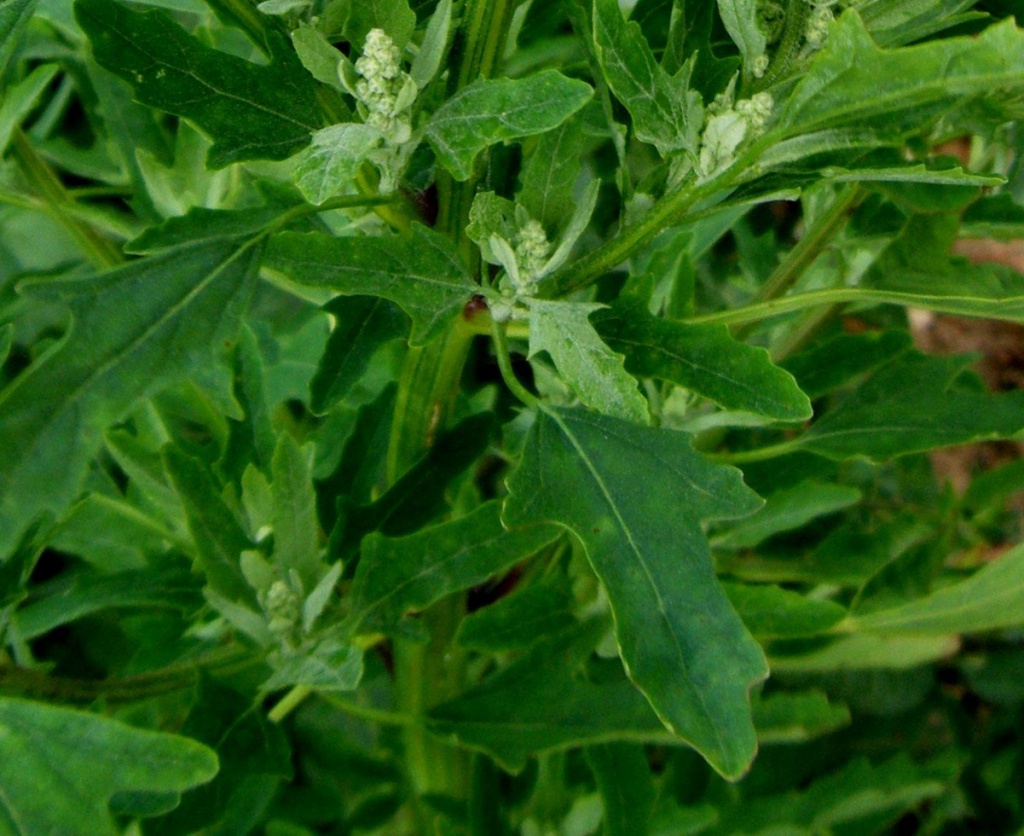
Figleaved Goosefoot NatureSpot
Nettleleaf goosefoot ( Chenopodium murale) is an annual weed closely related to chard and spinach. It invades lawns and gardens throughout the U.S., and if left to its own devices, it can take over. Learn about nettleleaf goosefoot identification and control in this article. Nettleleaf Goosefoot Identification
Goosefoot (FigLeaved) / Fig Leaved Goosefoot Wild Flower Finder
The taxonomy of the genus is contentious, and a number of species formerly placed in Chenopodium have been reassigned based on molecular data. Good King Henry, or mercury goosefoot (Blitum bonus-henricus, formerly C. bonus-henricus), is a deep-rooted perennial with several stems and edible spinach-like leaves.Feather geranium, or Jerusalem oak goosefoot (Dysphania botrys, formerly C. botrys.

Goosefoot Flowers World
Fig-leaved Goosefoot Click here to search for a different flower Chenopodium ficifolium Please keep in mind that it is illegal to uproot a plant without the landowner's consent and care should be taken at all times not to damage wild plants. Wild plants should never be picked for pleasure and some plants are protected by law.

Foliage of Figleaved Goosefoot / Chenopodium ficifolium Stock Photo Alamy
Chenopodium ficifolium, the fig-leaved goosefoot or figleaf goosefoot, is a plant species in the family Amaranthaceae originally native to the Irano-Turanian floristic region. [2] It an archaeophyte weed in Europe and can now be found in temperate crop-growing regions in most of the world. [3] References ^ Fl. Brit. 1:276. 1800
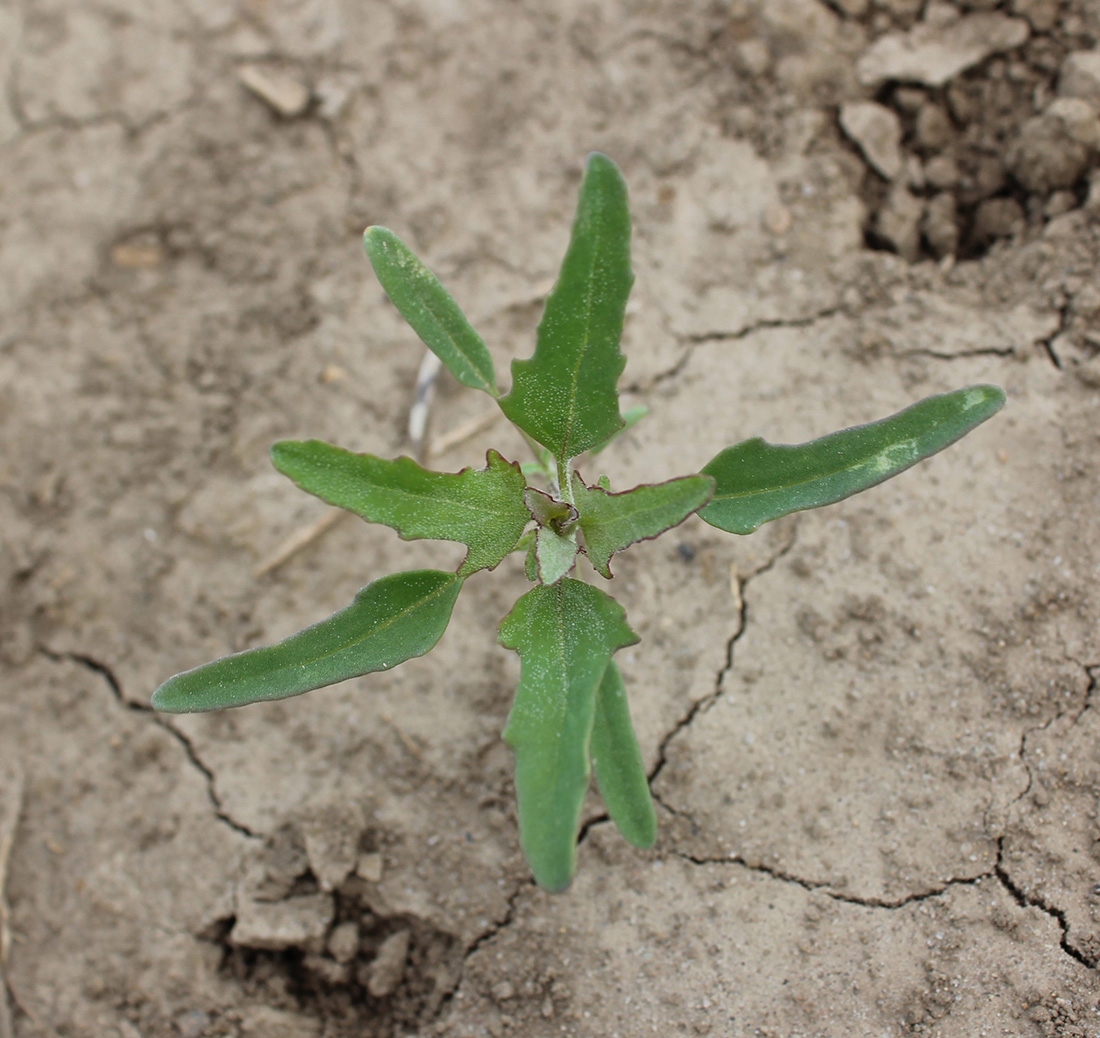
Figleaved Goosefoot Weed identification guide for Ontario crops ontario.ca
Fig-leaved goosefoot is an annual herbaceous plant with a stature height of 10 to 120 cm and without a noticeable smell. The upright stem is streaked green and ribbed, its surface is bare or dusty in the inflorescence. The weakly floured leaves are petiolate 3 to 45 mm long.

Chenopodium ficifolium Sm., Figleaf goosefoot (World flora) identify
Figleaf Goosefoot Also known as fig-leaved goosefoot and figleaf goosefoot Taxonomy Scientific name Chenopodium ficifolium Genus Chenopodium Family Amaranthaceae Order Caryophyllales How to care for Figleaf Goosefoot Water Light Nutrients Jump to summary ↓ 💦 Water How often to water your Figleaf Goosefoot 0.8 cups every 9 days
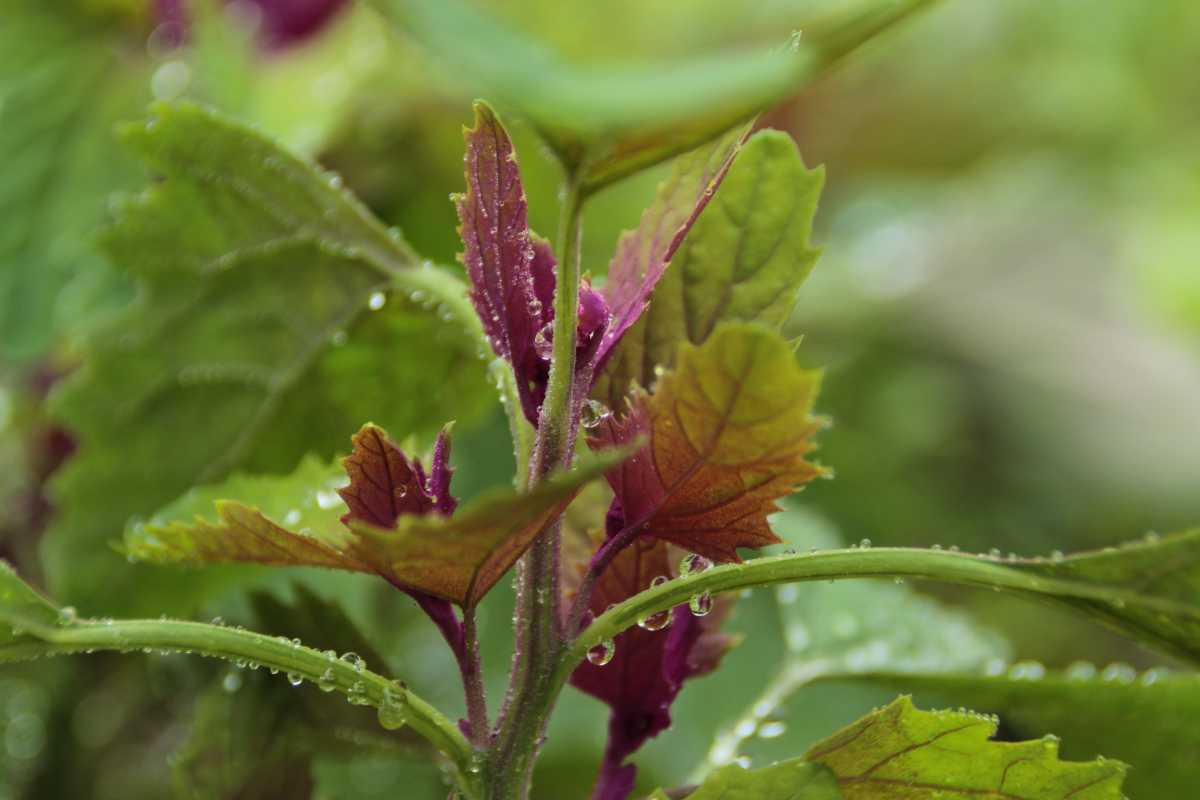
Goosefoot care, growing and cooking guide to maximize this invasive weed
Chenopodium ficifolium, the fig-leaved goosefoot or figleaf goosefoot, is a plant species in the family Amaranthaceae originally native to the Irano-Turanian floristic region. It an archaeophyte weed in Europe and can now be found in temperate crop-growing regions in most of the world. (Source: Wikipedia, 'Chenopodium ficifolium', https.
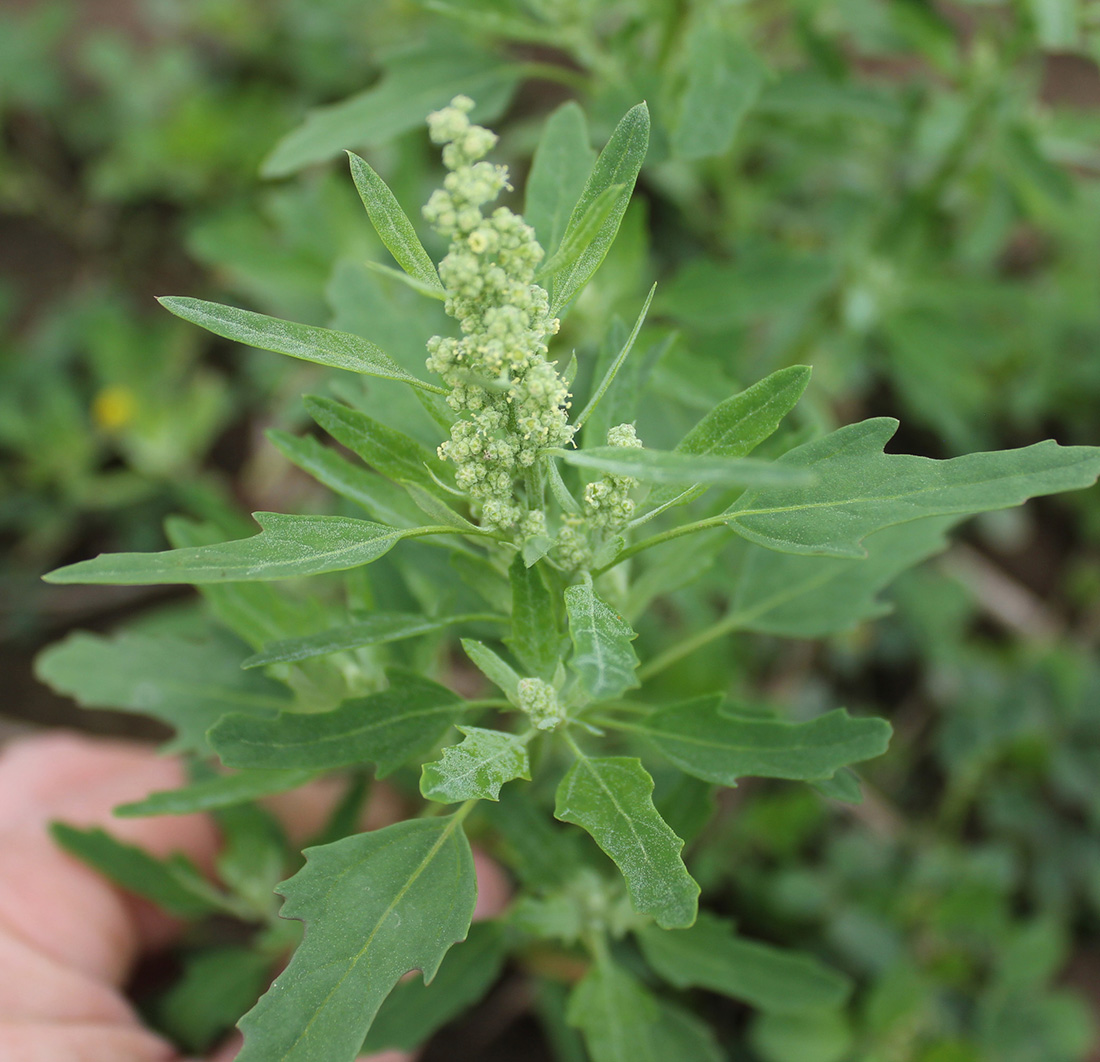
Figleaved Goosefoot Weed identification guide for Ontario crops ontario.ca
Amaranthaceae Genus Chenopodium Species Chenopodium ficifolium Sm. Common name (s) Fig-leaf goosefoot Fig-leaved Goosefoot Figleaf goosefoot Fig-Leaved Lamb'S-Quarters سلمه تره Chénopode à Feuilles de Figuier (FR) View all / Edit Uses GENE SOURCE genetic input WEED seed contaminant Additional information Pl@ntNet data at gbif.org
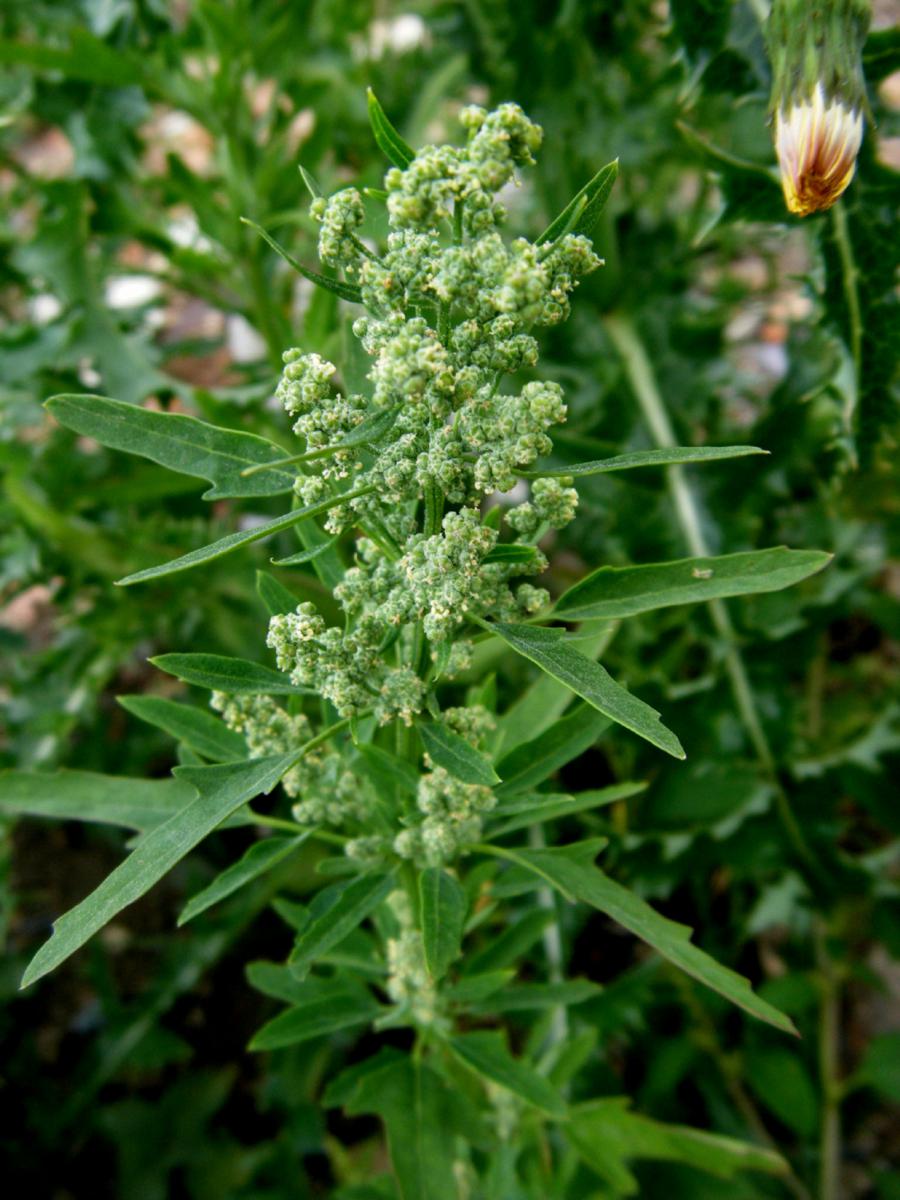
Figleaved Goosefoot NatureSpot
Description Medium to tall, green, mealy plant. Leaves are three lobed with the central lobe much larger than the others and parallel sided. The uppermost leaves are generally narrower and unlobed. Flowers in a slender, branched panicle. Similar Species Fat-hen, and other goosefoots. Identification difficulty ID guidance
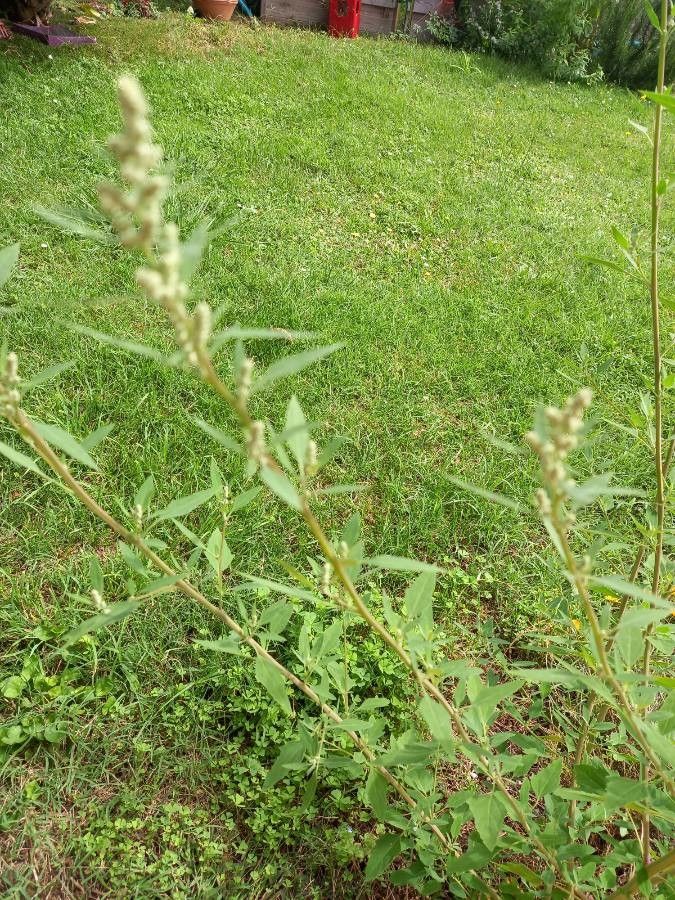
Chenopodium ficifolium Sm., Figleaved Goosefoot (North Africa) identify
Fig-leaved goosefoot (Chenopodium ficifolium). Fig-leaved goosefoot is an annual herbaceous plant with a stature height of 10 to 120 cm and without a noticeable smell. The upright stem is streaked green and ribbed, its surface is bare or dusty in the inflorescence. The weakly floured leaves are petiolate 3 to 45 mm long.
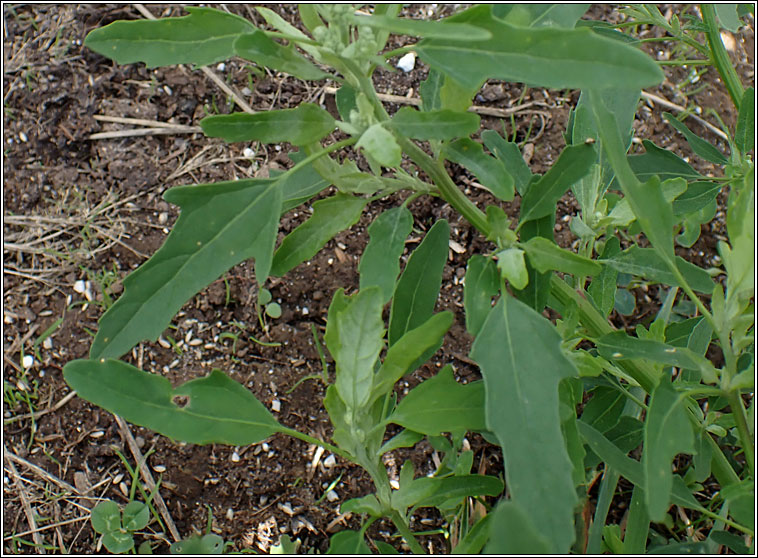
Wildflowers Figleaved Goosefoot, Chenopodium ficifolium
Goosefoot (Chenopodiaceae family): Chenopodium ficifollium Sm. EPPO code: CHEFI Other names: Fig-leaved goosefoot, chénopode à feuilles de figuier Species information Lifecycle: Annual. Propagation: Reproduces by seed. Emergence: Emerges early in the spring with a similar emergence pattern to lamb's- quarters. Habitat:
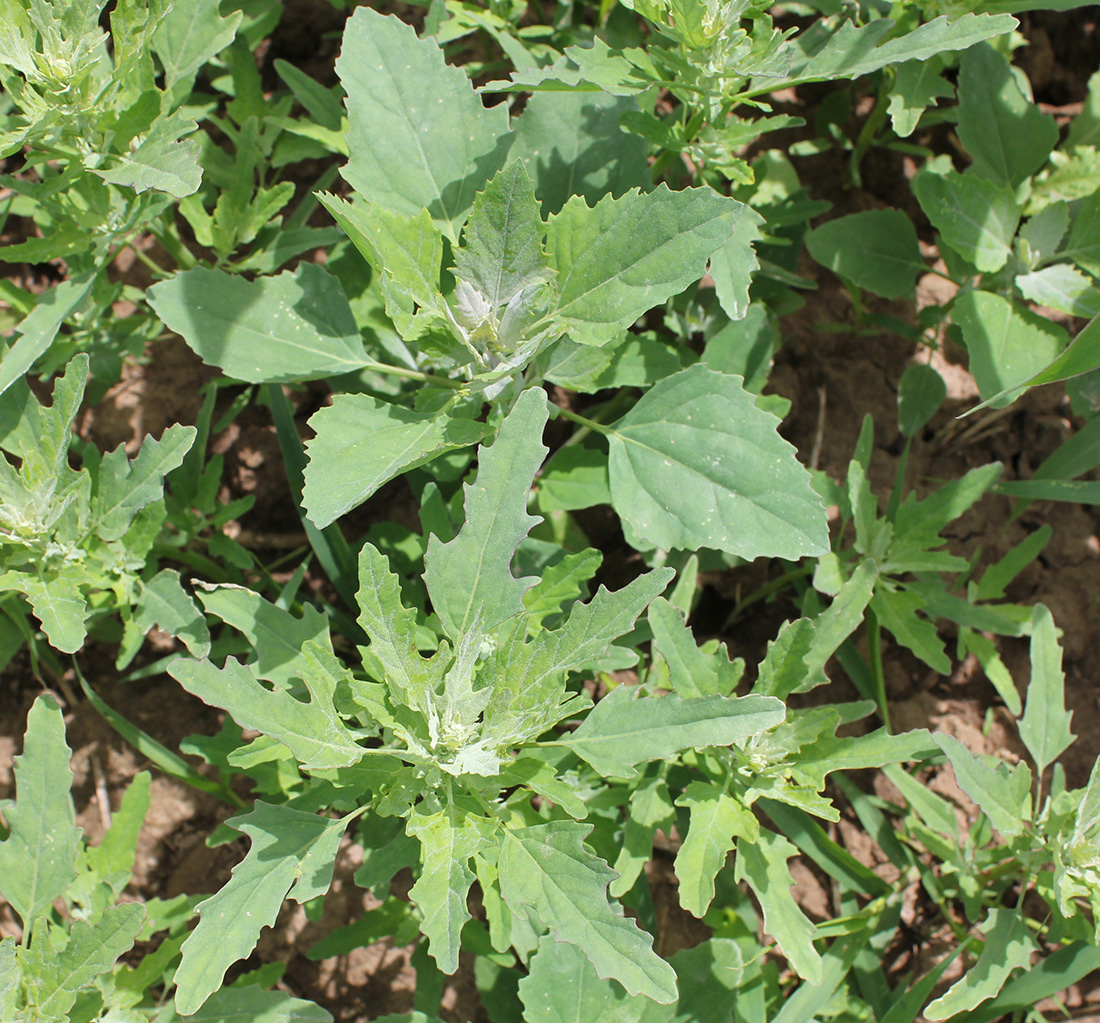
Figleaved Goosefoot Weed identification guide for Ontario crops ontario.ca
Description White goosefoot ( Chenopodium album) The species of Chenopodium (s.str., description according to Fuentes et al. 2012) [1] are annual or perennial herbs, shrubs or small trees. [4] They generally rely on alkaline soil. [4] They are nonaromatic, but sometimes fetid.
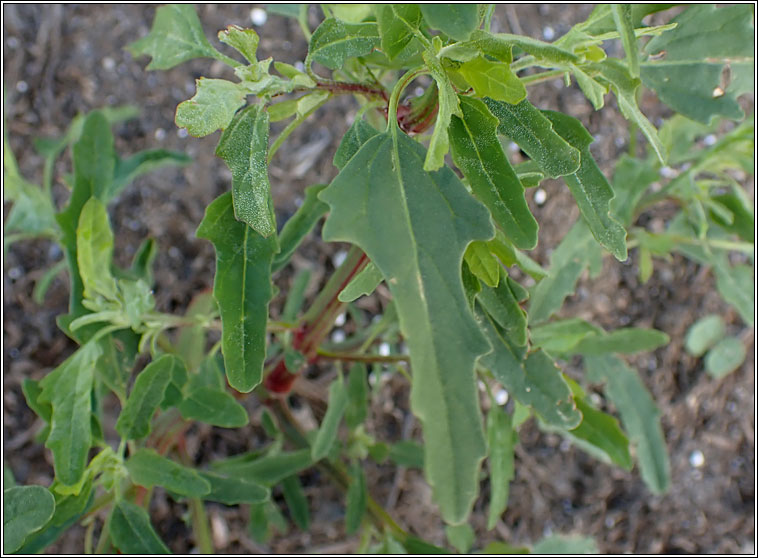
Wildflowers Figleaved Goosefoot, Chenopodium ficifolium
Common Name: Fig-Leaf Goosefoot Also Called: Figleaf Goosefoot, Fig-leaved Goosefoot, Fig-leaved Lamb's-quarters Family: Chenopodiaceae, Goosefoot Family (now as sub-family Chenopodioideae in the Amaranthaceae Family). Synonyms:Chenopodium serotinum Status: Introduced from Europe. Duration: Annual Size: Up to 3 feet (.9 m)